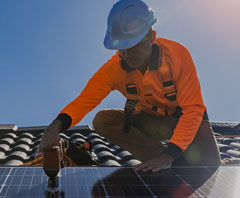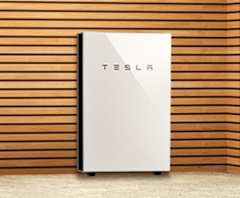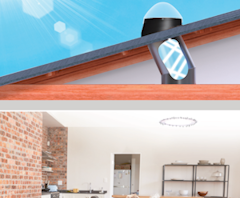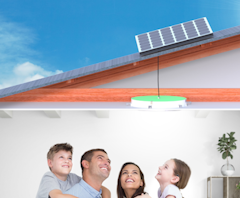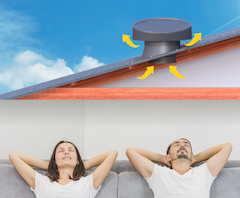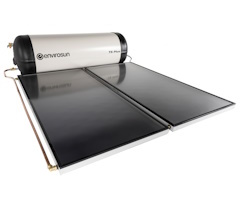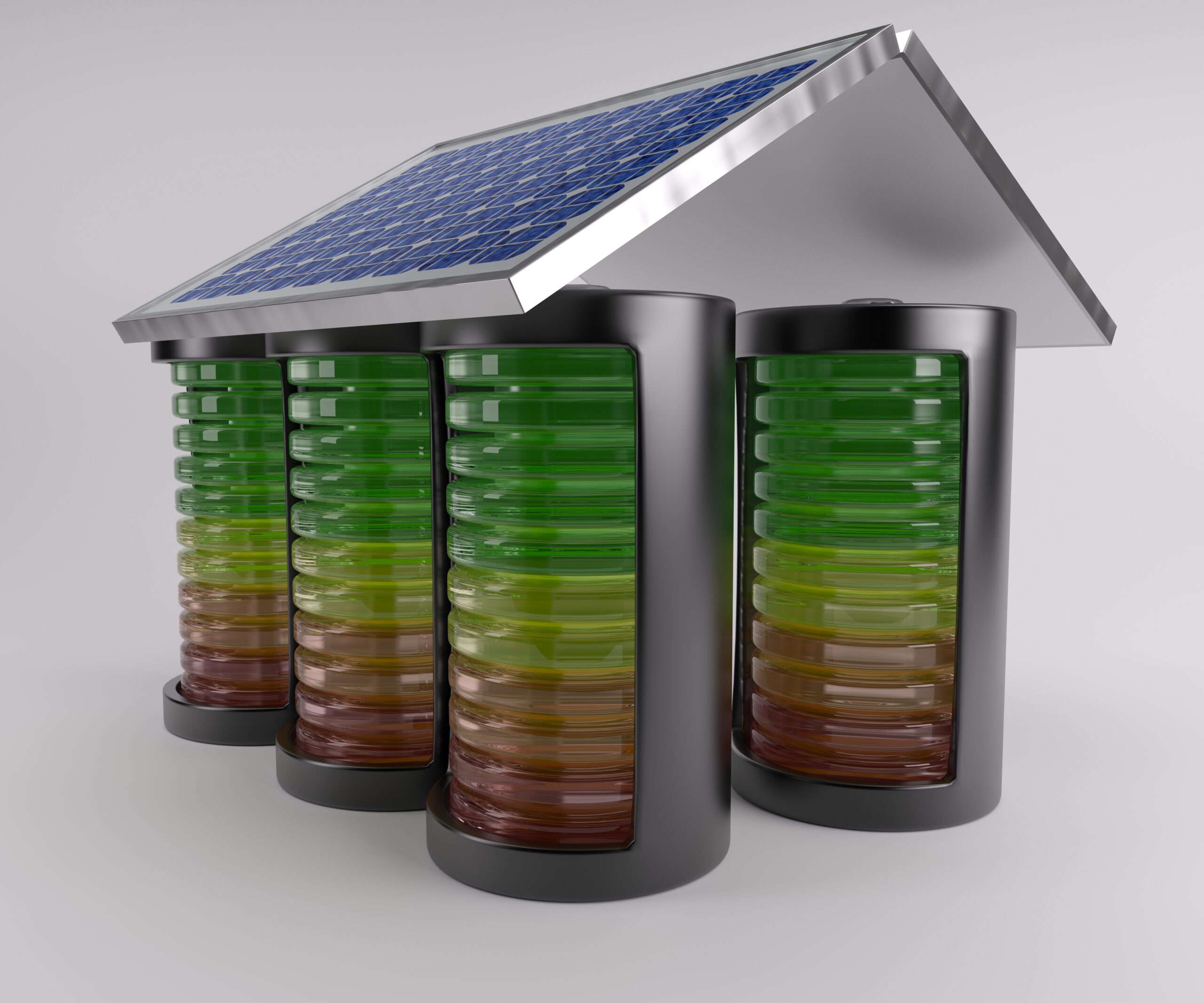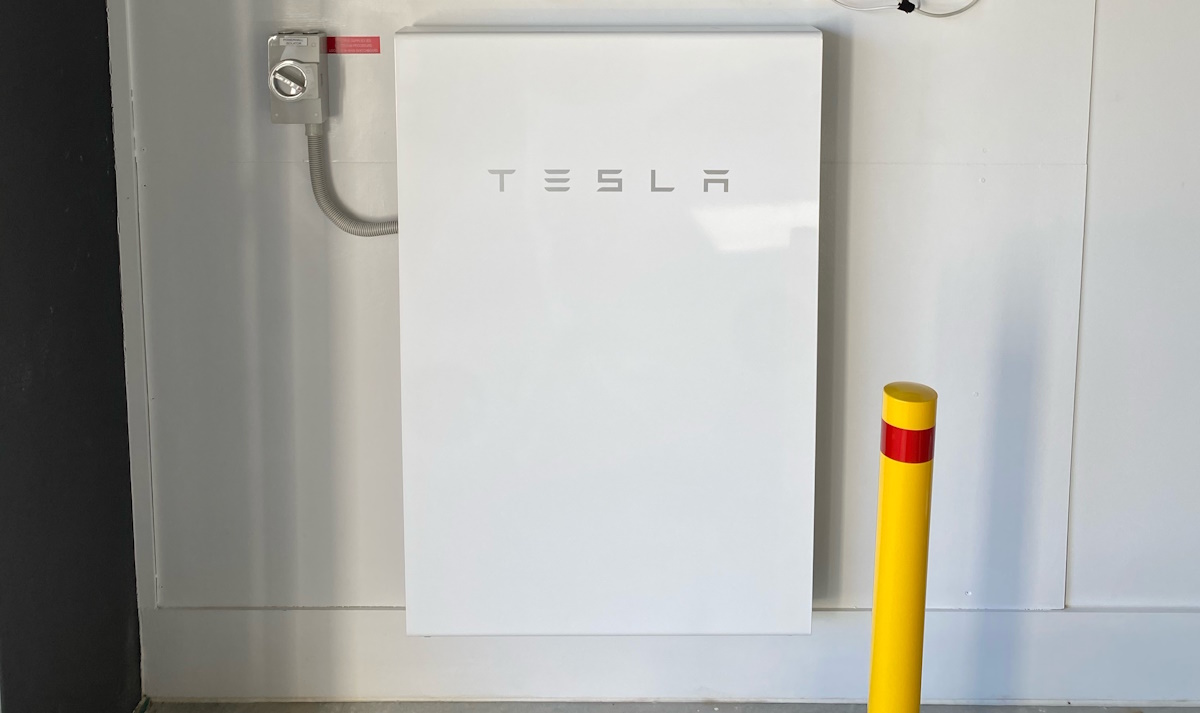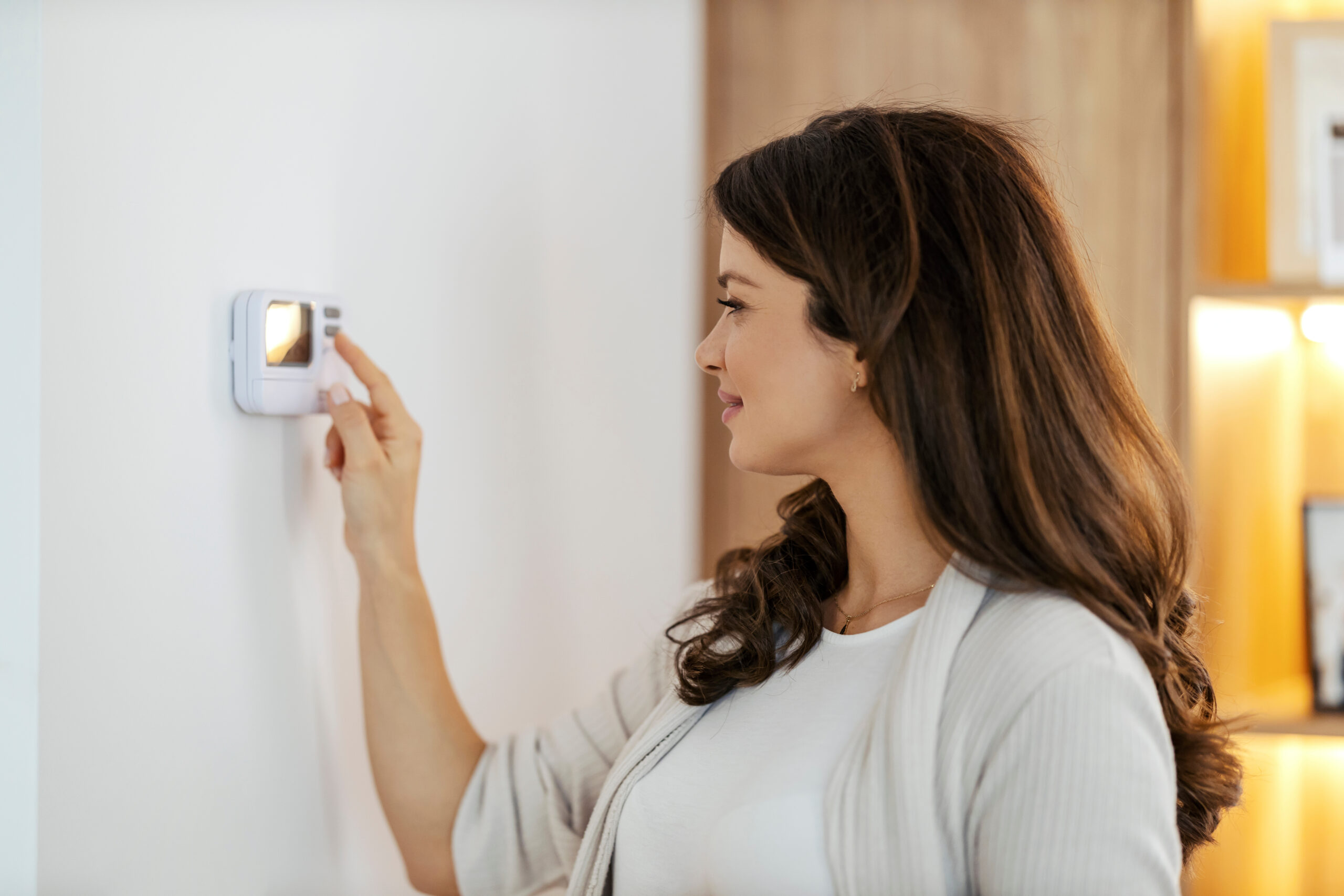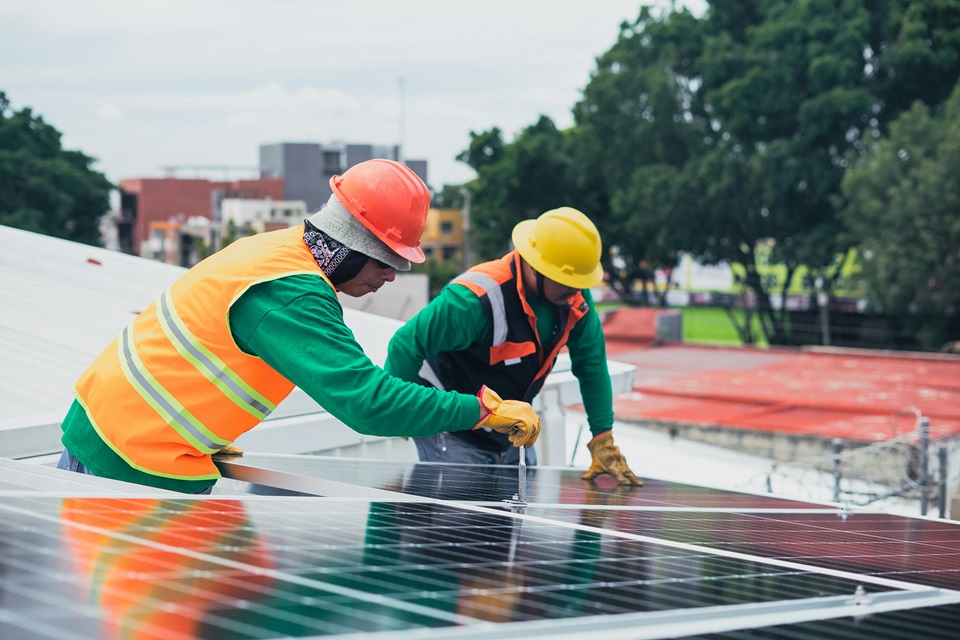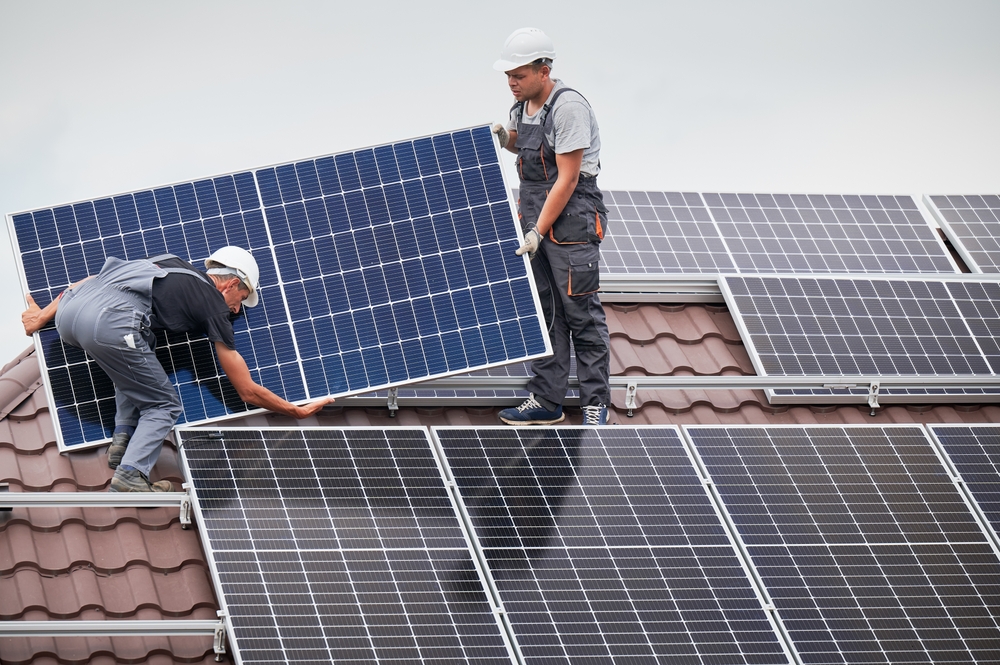Considering solar battery storage for your home? Here’s why it’s a great idea and how to choose the right one for your household.
The Benefits of a Solar Battery
Here are just a few of the benefits of switching to solar with battery storage.
Back Up in the Event of a Blackout
Solar batteries make it extremely unlikely that you’ll ever suffer the frustration of a power outage ever again. Power outages, or blackouts, occur due to faults in the main grid. So, if you’re not relying on the main grid for your electricity supply, it will never be an issue. As long as your solar system and battery are both large enough to produce and store ample power, you won’t need electricity from the main grid. Some solar batteries even allow you to store a portion of energy separately, only to be used in the event of a blackout, giving you even more coverage.
Further Reduce Energy Bills
Naturally, the biggest reason people invest in solar batteries is to reduce energy bills. Here’s a brief explanation of your options for interacting with the main electricity grid:
- No solar installation: All your electricity comes from the main grid, and you pay for it through an energy retailer.
- On-grid solar: You don’t have a solar battery, but the sun powers your home during the day. You still rely on the main grid at night or when your system isn’t producing enough solar energy for your needs. Your bills will be reduced, and you may be able to export excess power to the grid for a credit on your account, but you’ll still pay for some amount of power.
- On-grid solar with battery: Assuming your system produces and stores enough energy, you reduce your reliance on the grid. Solar energy powers your home directly during the day, and excess power is stored for use at night when electricity costs the most from the grid.
So, you can drastically reduce or even remove energy bills with solar battery storage.
Reduce your Carbon Footprint
While not a financial gain, many people want to reduce their carbon footprint for the good of the planet. Reducing your reliance on electricity companies also reduces our reliance on fossil fuels.
How to Choose the Right Solar Battery for You
Without getting too technical, there are a few basic things you’ll want to consider when choosing the right solar battery storage for your home.
Usable Storage Capacity
Battery capacity is measured in kWh (kilowatt-hours) and represents the total amount of energy your battery can store. It’s best to check the details of any solar power battery storage solution you’re considering because the actual usable storage capacity is often around 80-90% of the full capacity.
So, if you purchase a 10kWh battery, you may only be able to use 8kWh of energy. However, some modern battery systems make that remaining 10-20% available for emergencies, such as blackouts. Always ask your provider for full details regarding usable storage capacity.
Upfront Cost
Naturally, everybody has a budget. Solar power batteries have decreased in price, but they are still considered to be quite expensive. Ultimately, you should work out how much money a battery could save you each year and then decide how many years it would take for the system to effectively pay for itself. This approach is purely financial and doesn’t take into account your desire to reduce your carbon footprint, break away from reliance on electricity retailers, or increase your energy security.
Inverter and System Compatibility
Certain types of batteries are only compatible with certain inverters. Some lithium batteries, for example, only work with certain hybrid inverters. If you consider a Tesla Powerwall 2, though, they use an inbuilt inverter so this isn’t a concern. Before doing any major solar upgrades, ask for a consultation from SolarBright, so we can tell you exactly what will be compatible and what won’t.
Warranty
Another important thing to consider is the warranty. The Tesla Powerwall 2, for example, comes with a 10 year/10,000 cycle warranty. It’s important to get the most out of your warranty – if something goes wrong, it’s good to have peace of mind that you can access repairs with no additional cost.
Overall, it’s a personal preference as to whether battery storage is right for you. If you use a lot of power at night or when the sun isn’t shining, you’ll certainly maximise the benefits of your system by adding a battery. For more information on solar installations and battery storage, contact the friendly team at SolarBright today.
Read Also:
What Are the Benefits Of a Solar Battery In Your home?
Why Solar Power Is The Healthy Choice For Your Family
